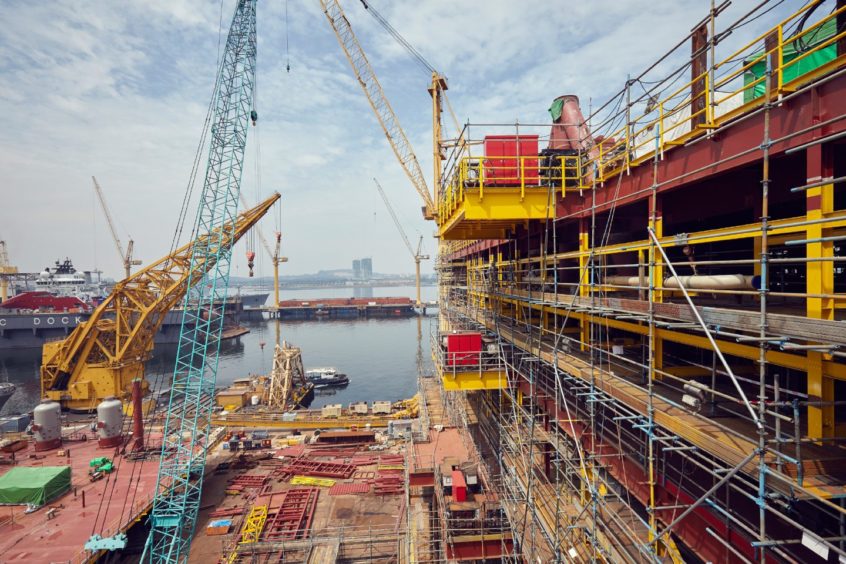
TotalEnergies benefited from higher energy prices in the third quarter, particularly from gas, which was up 85% against the previous quarter.
Adjusted EBITDA for the French company reached $11.2 billion, up from $8.7bn in the second quarter.
CEO Patrick Pouyanné said the global recovery had driven energy prices “sharply higher”, particularly in Asia.
Adjusted net income reached $4.8bn, up 38% from the previous quarter. Pouyanné said the company had benefited from its “multi-energy model, and, particularly in this quarter, from its position as a world leader in LNG”.
LNG falls within TotalEnergies’ integrated Gas, Renewables and Power (iGRP) segment. This reported record highs of $1.6bn in income and $1.7bn of cash flow.
The unit’s trading of LNG drove this outperformance. Henry Hub was up 85% in the third quarter vs the same period in 2019, while JKM was up four times. The consolidated average gas price for TotalEnergies was up 82% and LNG price was up 53%.
LNG prices rose by 38% in the quarter, as a result of using lagged indices such as oil for long-term contracts. They reached $9.1 per mmBtu. TotalEnergies expects prices to continue rising in the fourth quarter, passing $12 per mmBtu.
The volume of LNG sales also increased with the end of maintenance at Ichthys LNG, in Australia. They were up 6% from the previous quarter, and 24% from the quarter in 2020.
One rough spot in the LNG, and electricity, trading space was substantial margin calls. Cash flow from operations was -$463mn, TotalEnergies said, as a result of hedging contracts. Shell has also reported the impact of margin calls on its gas business this morning.
More barrels
Exploration and production reported $2.7bn of net operating income, up more than 20%. This was driven by higher production, at 2.81 million barrels of oil equivalent per day, slightly above the nine-month level of 2.8mn boepd.
The company expects production to continue rising in the fourth quarter, predicting output of 2.85-2.9mn boepd.
As a result of the strong performance, TotalEnergies covered its dividend of $2.1bn and continued to pay down debt, with gearing falling to 17.7% as of the end of September.
However, emissions also rose in the period. Scope 1 and 2 emissions reached 8mn tonnes of CO2e, while scope 3 reached 81mn tonnes of CO2e, up from 7mn tonnes and 77mn tonnes respectively.
Recommended for you

